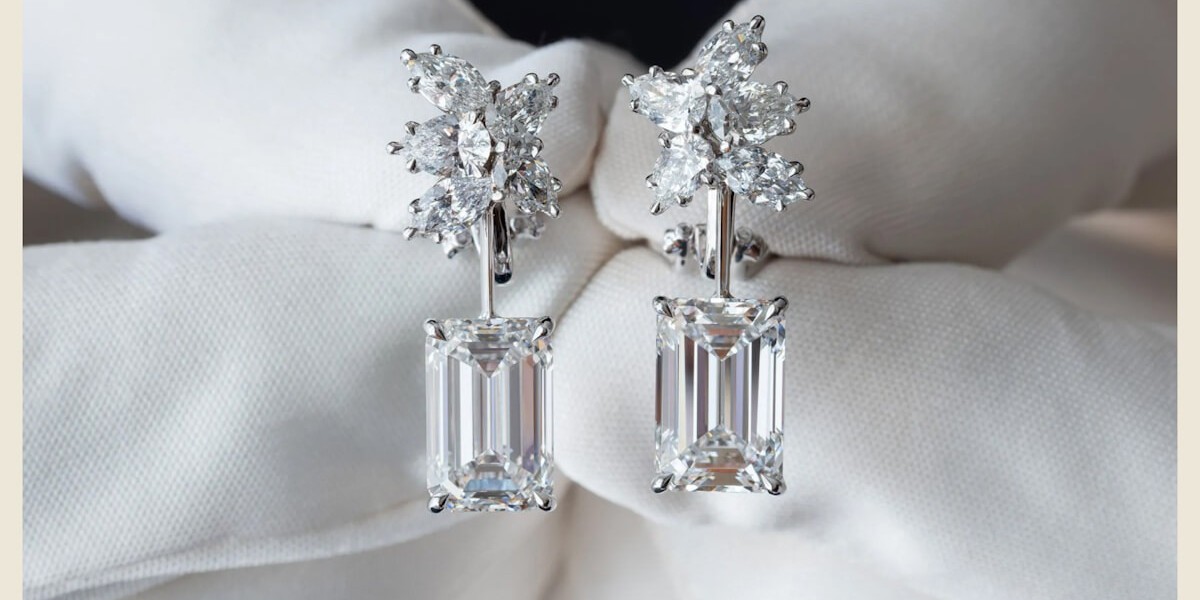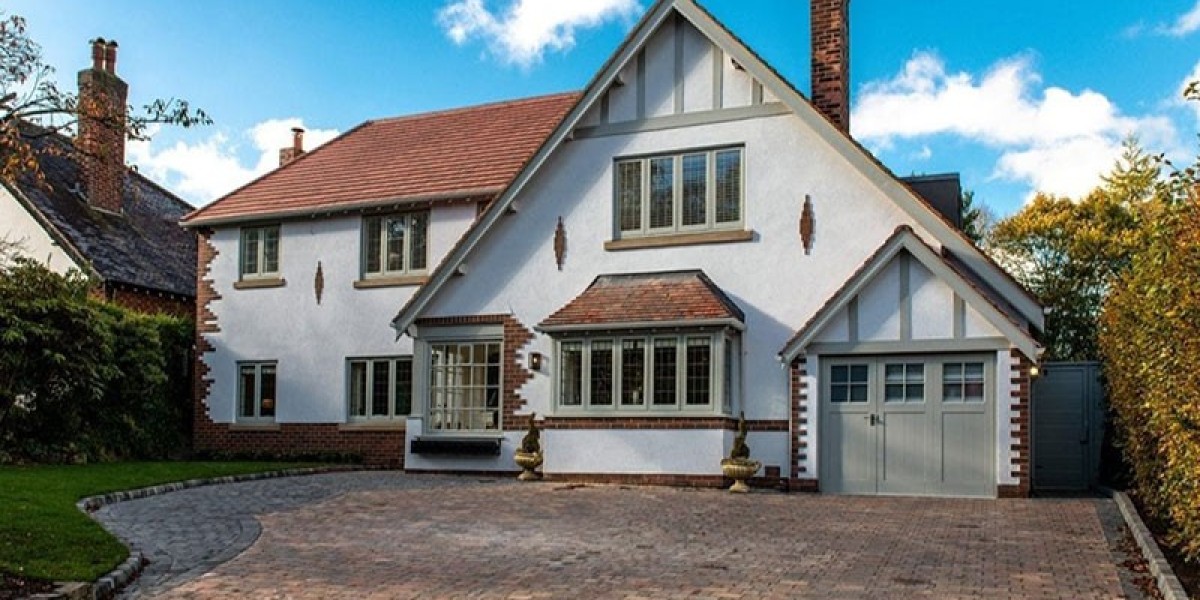Why Vintage Earrings Command Higher Prices Than Contemporary Designer Pieces
The luxury jewelry market presents a compelling paradox: authenticated vintage earrings frequently command prices that exceed those of newly manufactured designer pieces from contemporary luxury houses. This counterintuitive pricing phenomenon challenges conventional assumptions about depreciation and value retention in luxury goods markets.
Market data consistently demonstrates that authenticated estate earrings from significant historical periods often achieve auction prices comparable to or surpassing contemporary pieces of similar material specifications. The premium extends beyond mere material value to encompass factors including historical significance, artisanal craftsmanship, and documented provenance that contemporary manufacturing cannot replicate.
Professional dealers specializing in vintage earrings for sale report sustained demand from collectors who recognize the investment potential and cultural significance of authenticated period pieces. This market dynamic reflects a broader shift toward appreciating irreplaceable craftsmanship and historical authenticity over mass-produced luxury goods, creating pricing structures that favor rarity and provenance over newness.
Rarity and Scarcity: The Economics of Limited Supply
The fundamental economics driving vintage earring premiums stem from natural scarcity factors that intensify over time. Unlike contemporary jewelry produced in larger quantities, vintage pieces face continuous attrition that reduces available supply while demand remains steady or increases.
Key Scarcity Factors:
- Physical Attrition: Vintage earrings are lost, damaged beyond repair, or broken down for materials over decades
- Permanent Collection: High-quality pieces enter private collections or museums, removing them from circulation
- Survivorship Bias: Only pieces of exceptional quality and construction survive extended wear and handling
- Discontinued Techniques: Specific construction methods and design elements cannot be replicated with modern production
This scarcity intensifies for pieces from particular periods or makers. Art Deco earrings from the 1920s-1930s, for example, represent a finite population that can only decrease over time. The combination of period-specific aesthetic appeal and diminishing supply creates pricing pressure that contemporary pieces – available in ongoing production – cannot match.
Authentication requirements further limit the available supply of vintage earrings, as only documented pieces with verified provenance achieve premium pricing. This verification process eliminates reproductions and questionable pieces from the high-value market segment.
Artisanal Craftsmanship: When Time Was No Object
The superior craftsmanship evident in vintage earrings reflects production methods from an era when individual artisans dedicated extensive time to perfecting single pieces. Historical jewelry production emphasized hand-finishing techniques and meticulous attention to detail that modern mass production cannot economically replicate. These labor-intensive methods resulted in construction quality and finishing standards that often surpass contemporary luxury pieces.
Expert Insight: Master jewelers from the early-to-mid 20th century typically completed apprenticeships lasting 7-10 years, developing specialized skills in hand-engraving, milgrain work, and intricate stone-setting techniques that are increasingly rare in today's production environment.
Period-specific construction techniques demonstrate technical mastery that required years to develop. Vintage earrings often feature hand-applied milgrain borders, individually carved prong settings, and wire work executed without modern machinery. The thickness of gold construction in vintage pieces typically exceeds contemporary standards, with many early 20th-century earrings utilizing 14k or 18k gold in substantially heavier gauges than current production norms.
Material selection in vintage earrings reflects different quality standards and availability. Gemstones were individually hand-selected for color matching and clarity, while metal alloys were formulated for durability rather than cost efficiency. The patina and wear patterns on authentic vintage pieces demonstrate how superior materials age gracefully, developing character that enhances rather than diminishes their appeal.
Modern production pressures prioritize efficiency and cost control over the time-intensive finishing that characterizes vintage pieces. This fundamental difference in production philosophy creates tangible quality distinctions that experienced collectors can identify through examination of construction details, material thickness, and finishing techniques.
Historical Significance and Provenance Premium
Historical significance adds substantial value to vintage earrings beyond their material worth. Pieces that can be traced to specific periods, notable previous owners, or significant cultural moments command premium prices that reflect their documentary importance and cultural relevance.
Key Provenance Value Drivers:
- Period Attribution: Earrings from significant design movements (Art Deco, Victorian, Edwardian) carry cultural and historical importance
- Maker Documentation: Pieces from renowned houses like Cartier, Van Cleef & Arpels, or Tiffany & Co. with verified maker's marks
- Celebrity Provenance: Previous ownership by notable figures or connection to historical events
- Exhibition History: Pieces featured in museum exhibitions or important collections
- Original Documentation: Surviving certificates, receipts, or photographs that establish authenticity
Authentication services specializing in estate jewelry have developed sophisticated methods for documenting provenance through archival research, maker's mark analysis, and period-appropriate construction verification. This documentation process creates measurable value premiums, with fully documented pieces achieving significantly higher prices than similar undocumented examples.
The cultural significance of specific design periods contributes to sustained collector interest. Art Deco earrings, for example, represent not just jewelry but artifacts of the Jazz Age aesthetic, while Victorian mourning jewelry reflects specific cultural practices and social customs that add historical context to their material value.
Investment Performance vs. Contemporary Depreciation
Vintage earrings demonstrate markedly different investment performance patterns compared to contemporary luxury jewelry. While newly purchased designer pieces typically experience immediate depreciation upon leaving the retail environment, authenticated vintage earrings often maintain or appreciate in value due to their established market recognition and proven scarcity.
Market analysis reveals that vintage earrings from recognized periods and makers show consistent appreciation rates over time. Unlike contemporary pieces that must establish secondary market value, vintage earrings benefit from decades of market validation through auction results and collector demand. This established track record provides investment confidence that newly manufactured pieces cannot offer.
The depreciation curve for contemporary luxury jewelry reflects the premium embedded in retail pricing structures, marketing costs, and dealer margins. Vintage pieces have already absorbed these initial costs through their original purchase cycles, allowing subsequent owners to benefit from intrinsic value based on materials, craftsmanship, and historical significance.
Professional collectors increasingly view authenticated vintage earrings as alternative investments that combine aesthetic enjoyment with wealth preservation. The tangible nature of these assets, combined with their portability and established market liquidity, creates investment characteristics that appeal to diversified portfolios seeking alternatives to traditional financial instruments.
The Enduring Value of Historical Excellence
The premium pricing of vintage earrings reflects fundamental market recognition of irreplaceable craftsmanship, historical significance, and natural scarcity that contemporary manufacturing cannot duplicate. As these factors intensify over time through continued attrition and growing collector appreciation, the pricing advantage of authenticated vintage pieces over contemporary alternatives is likely to strengthen.
Market dynamics favor vintage earrings through the convergence of diminishing supply, established provenance systems, and increasing awareness of their investment potential. Professional authentication and documentation services have created transparent valuation frameworks that support sustained premium pricing while protecting collectors from reproduction and misattribution risks.
The future trajectory for vintage earring values appears positive, driven by growing appreciation for sustainable luxury consumption and the recognition that historical craftsmanship represents cultural heritage worth preserving. For discerning collectors, vintage earrings offer the dual satisfaction of acquiring exceptional beauty while making sound investment decisions that honor both aesthetic and financial objectives.













